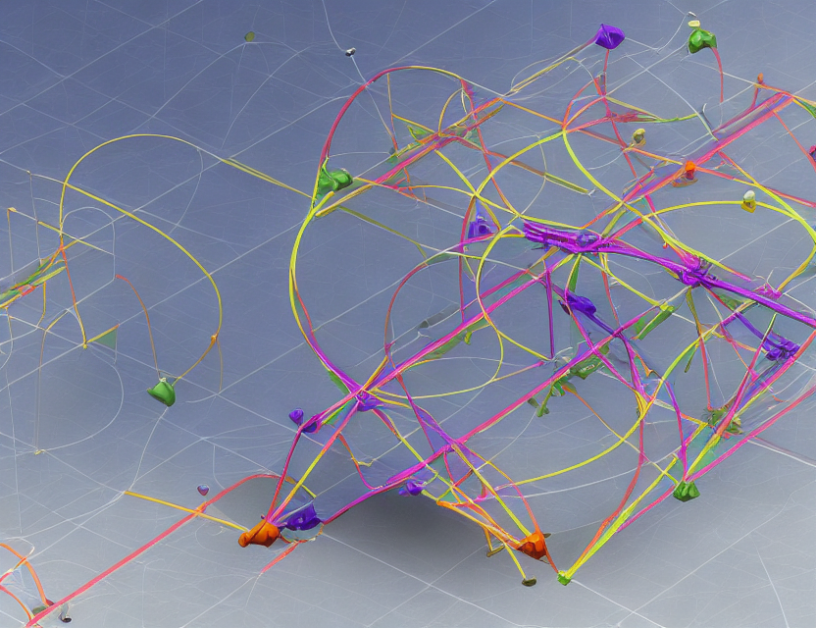In this article, we delve into the concept of Noether charge and its significance in the context of relativistic dynamics. The Noether charge is a mathematical construct that arises from the combination of time-translation invariance and space-time conservation laws. By understanding the underlying principles of the Noether charge, we can gain valuable insights into the nature of spacetime and the behavior of particles within it.
What is the Noether Charge?
The Noether charge is a quantity that emerges from the application of the Noether theorem to a given physical system. The theorem states that if a system has a continuous symmetry, there exists a corresponding conserved quantity associated with that symmetry. In the context of relativistic dynamics, this means that any change in the system’s configuration must be accompanied by a corresponding change in the spacetime itself. This idea is encapsulated in the Noether charge.
The Noether charge can be thought of as a "charge" that is associated with the symmetry of the system. When the system undergoes a transformation, the Noether charge remains unchanged, indicating that the symmetry has been preserved. This property is crucial for understanding the behavior of particles in relativistic dynamics.
How Does the Noether Charge Work?
To understand how the Noether charge works, let’s consider an example. Imagine a particle moving through spacetime with a given world line. If we apply a time translation to the particle, its world line remains unchanged. This means that the particle’s position and velocity remain fixed relative to the new time coordinate.
Now, suppose we introduce a transformation that changes the spacetime metric. The Noether charge responds by adjusting itself accordingly. In other words, the change in the spacetime metric is accompanied by an equal and opposite change in the Noether charge. This ensures that the symmetry of the system is preserved.
The Noether charge can also be thought of as a "molten" quantity that flows through spacetime along with the particle. As the particle moves, the Noether charge undergoes a corresponding change, ensuring that the symmetry of the system remains intact.
Applications of the Noether Charge
The Noether charge has far-reaching implications in the field of relativistic dynamics. By understanding its properties, we can gain valuable insights into the behavior of particles and the structure of spacetime itself. Here are some key applications of the Noether charge:
- Conservation of Energy: The Noether charge is closely related to the concept of energy conservation. When a system’s configuration changes, the Noether charge remains unchanged, indicating that the total energy of the system has been preserved.
- Time-Translation Invariance: The Noether charge is responsible for ensuring that time-translation invariance is maintained in relativistic dynamics. This means that the laws of physics are the same for all observers, regardless of their relative motion.
- Spacetime Refinement: The Noether charge can be used to refine our understanding of spacetime itself. By analyzing the properties of the Noether charge, we can gain insights into the nature of spacetime and how it evolves over time.
Conclusion
In conclusion, the Noether charge is a powerful tool for understanding the behavior of particles in relativistic dynamics. By demystifying its properties and applications, we can gain a deeper appreciation for the underlying principles of physics. The Noether charge is an essential concept in the study of spacetime and its role in the behavior of matter within it.



